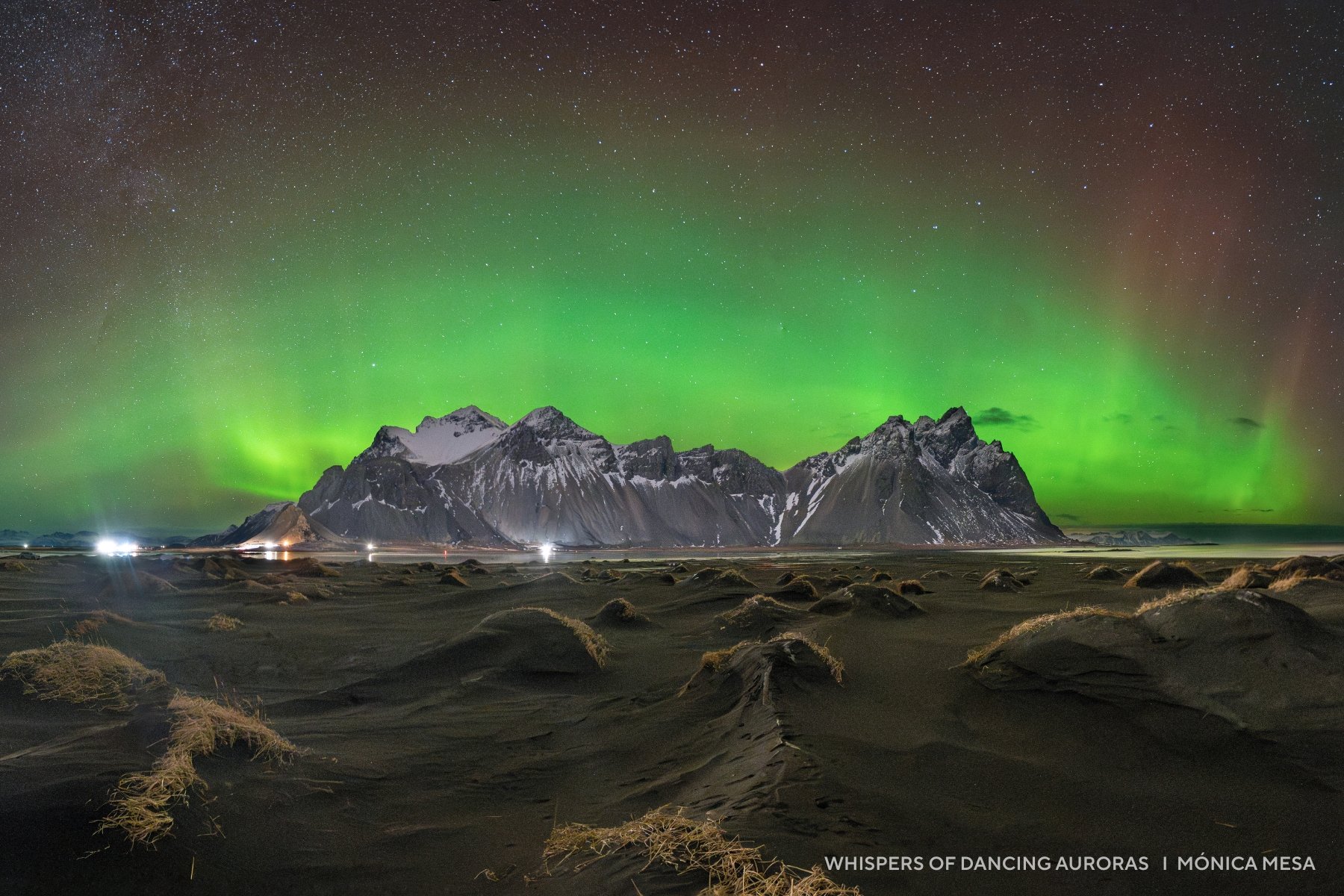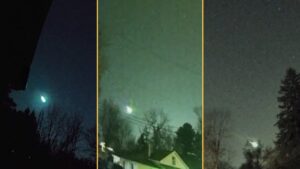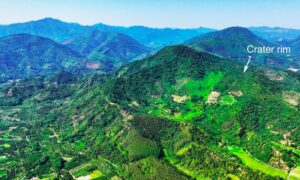As light pollution threatens our view of the stars the world over, the annual Dark Sky photography contest is here to remind us what we stand to lose.
DarkSky is a non-profit that works to help preserve astronomical heritage and nighttime ecology. In their photography competition Capture the Dark, they reward not only photographs that capture the majesty of dark skies, but also host categories such as dark sky-friendly lighting, the impact of light pollution, and nocturnal flora and fauna. Thanks to funding from local governments, special prizes also go out to photographs shot in Utah and Tucson, Arizona.
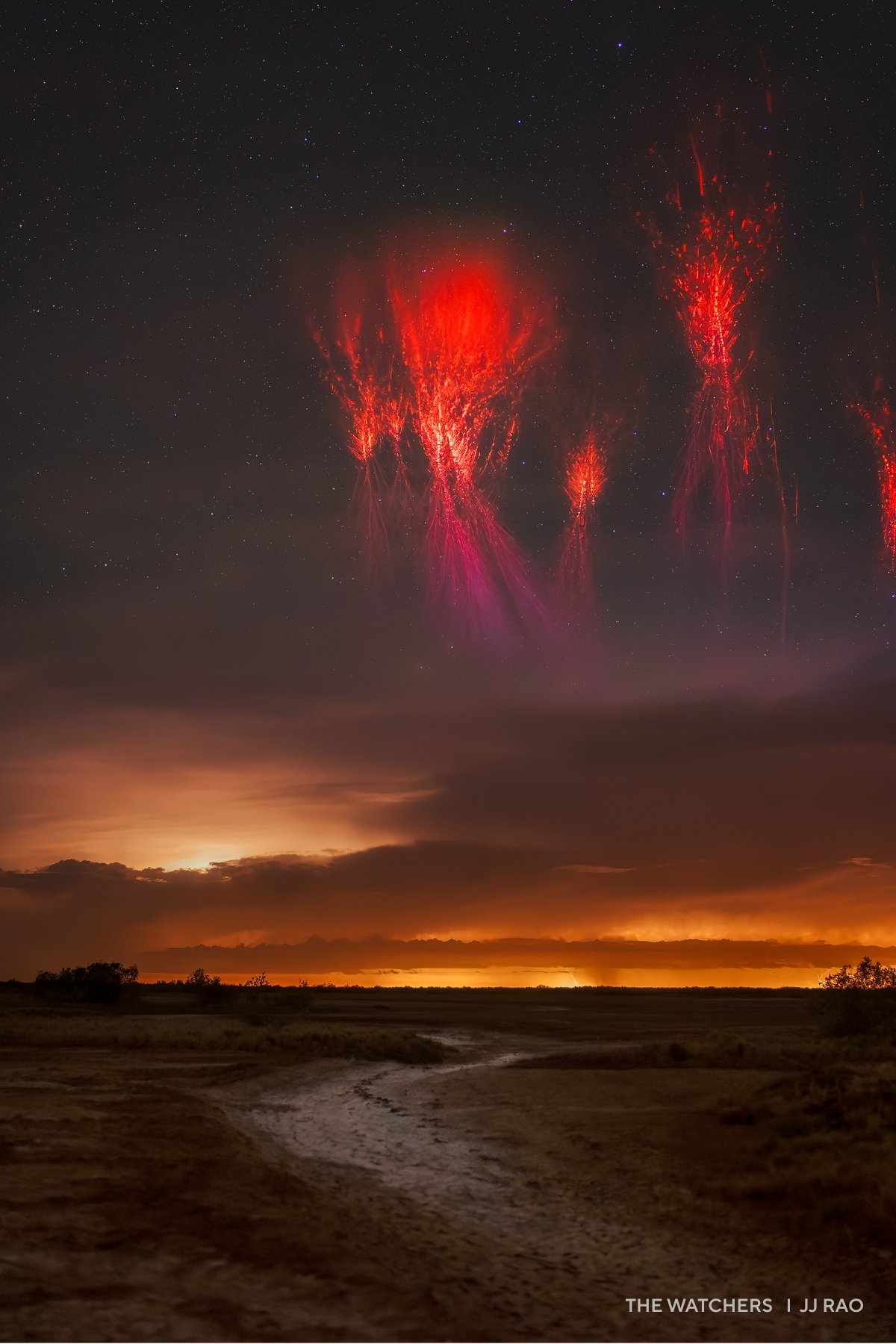
The largest red sprite here stretches about 50km into the upper atmosphere. Photo: JJ Rao
Beauty in darkness
The overall prize this year goes out to a split-second photograph of red sprites over Australian tidal flats. Red sprites are a rare form of lightning seen during thunderstorms. Unlike the more common tropospheric lightning, which occurs at the base of the atmosphere, red sprites last only about 10 milliseconds. Their short duration makes them notoriously difficult to photograph.
Another winner in this category depicts a swathe of white snow beneath the southern Milky Way. A small cabin stands in stark, man-made dichotomy beside the peak of a volcano. On the ground, a trail of footsteps mirrors the glowing lights of the galaxy above.
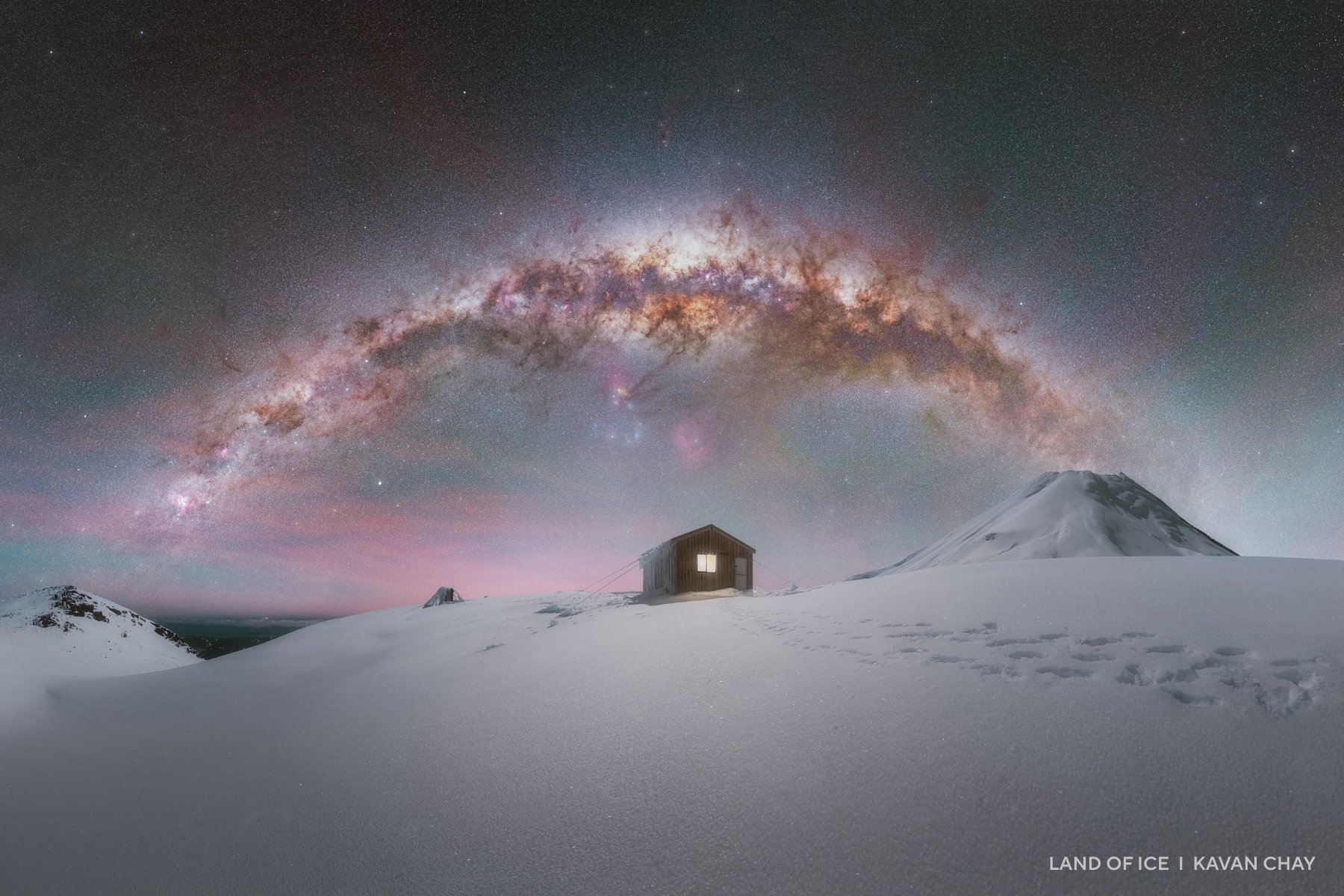
The third place winner in Capture the Dark juxtaposes man-made features with natural ones. Photo: Kavan Chay
International Dark Skies
Many entries in this competition tempt viewers into buying a plane ticket to New Zealand, but perhaps none so much as the winner of the International Dark Sky Places category. Officially inaugurated in 2012, the Aoraki Mackenzie International Dark Sky Reserve stretches across several national parks. The first-place winner of this category documents the entry to the park.
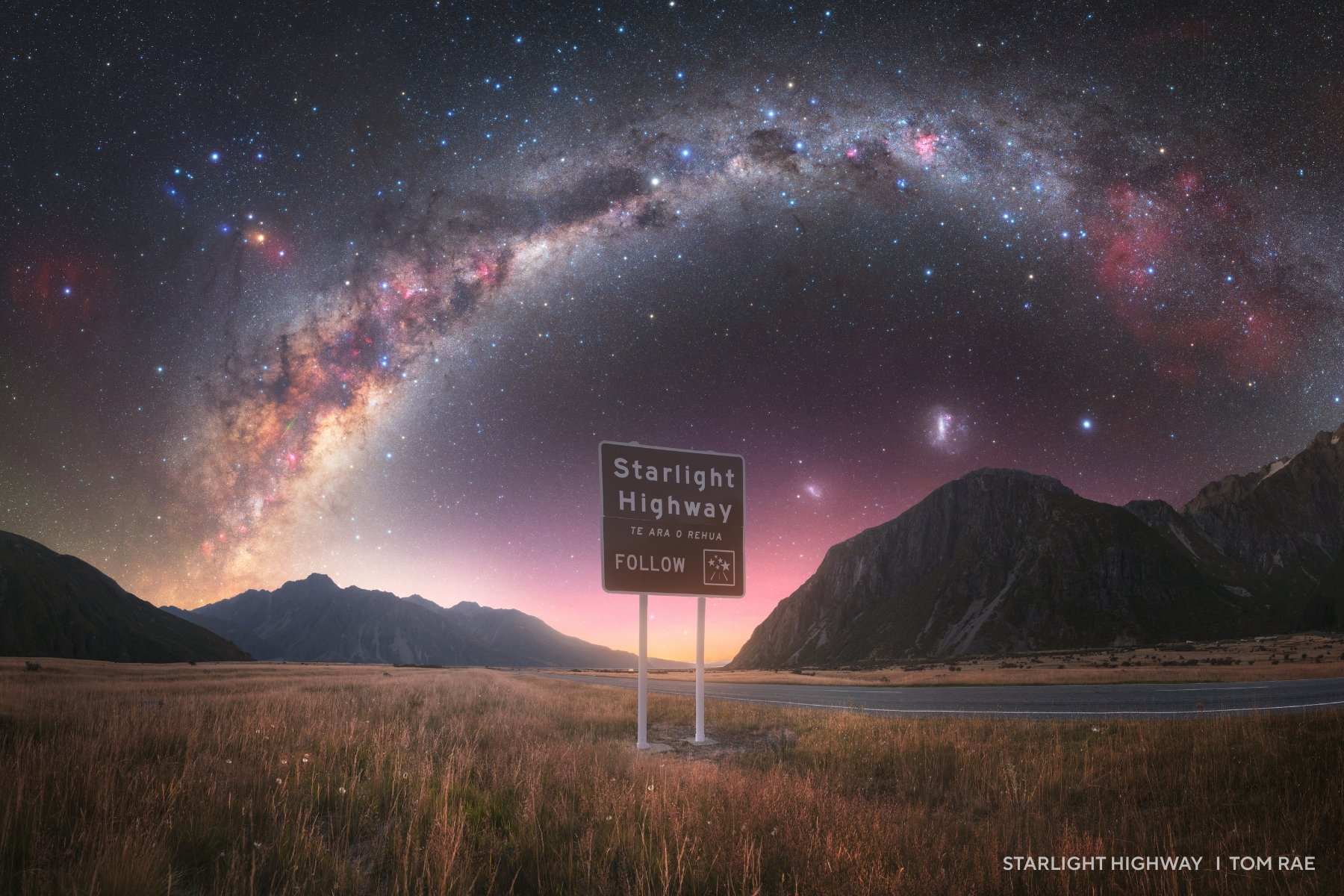
Maoiri activists in New Zealand increasingly cite dark sky protections as a crucial form of cultural support due to the central role of constellations and stellar navigation in Maori society. Photo: Tom Rae
Another photograph showcasing the Aoraki Mackenzie International Dark Sky Reserve made it to the podium as well. Flowers dance beneath star trails, all against the backdrop of the Church of the Good Shepherd.
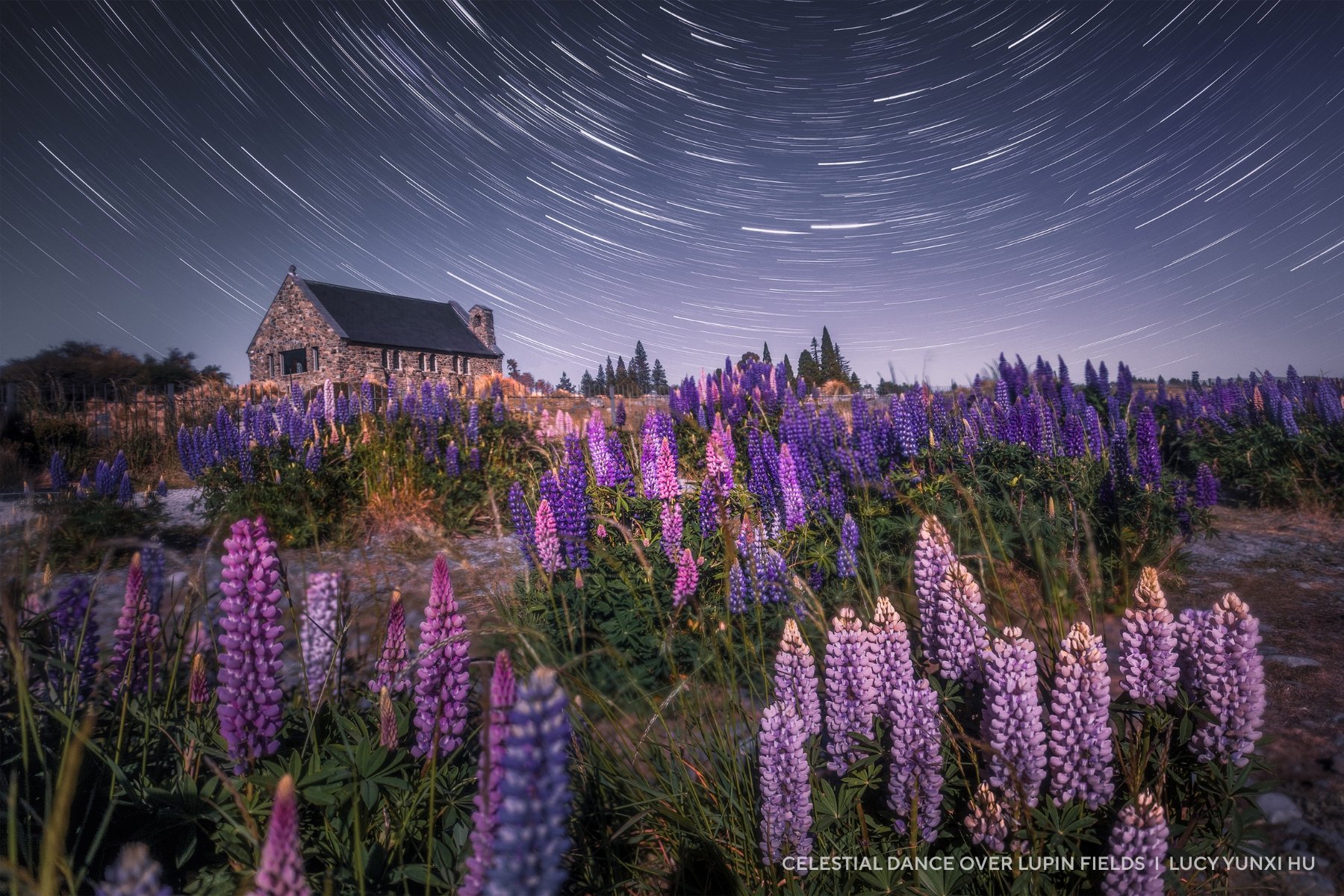
The Church of the Good Shepherd is one of the most iconic landmarks on this dark sky reserve. Photo: Lucy Yunxi Hu
How to build for dark skies
There are many steps urban planners can take to reduce light pollution. The first place winner in the category Dark Sky Friendly Lighting and Design is a gentle cityscape of Paris in the hours before dawn. The City of Lights will never be a stargazer’s dream. But Paris turns off the lights on many of its most prominent landmarks late at night, allowing some stars to peek out of the firmament.
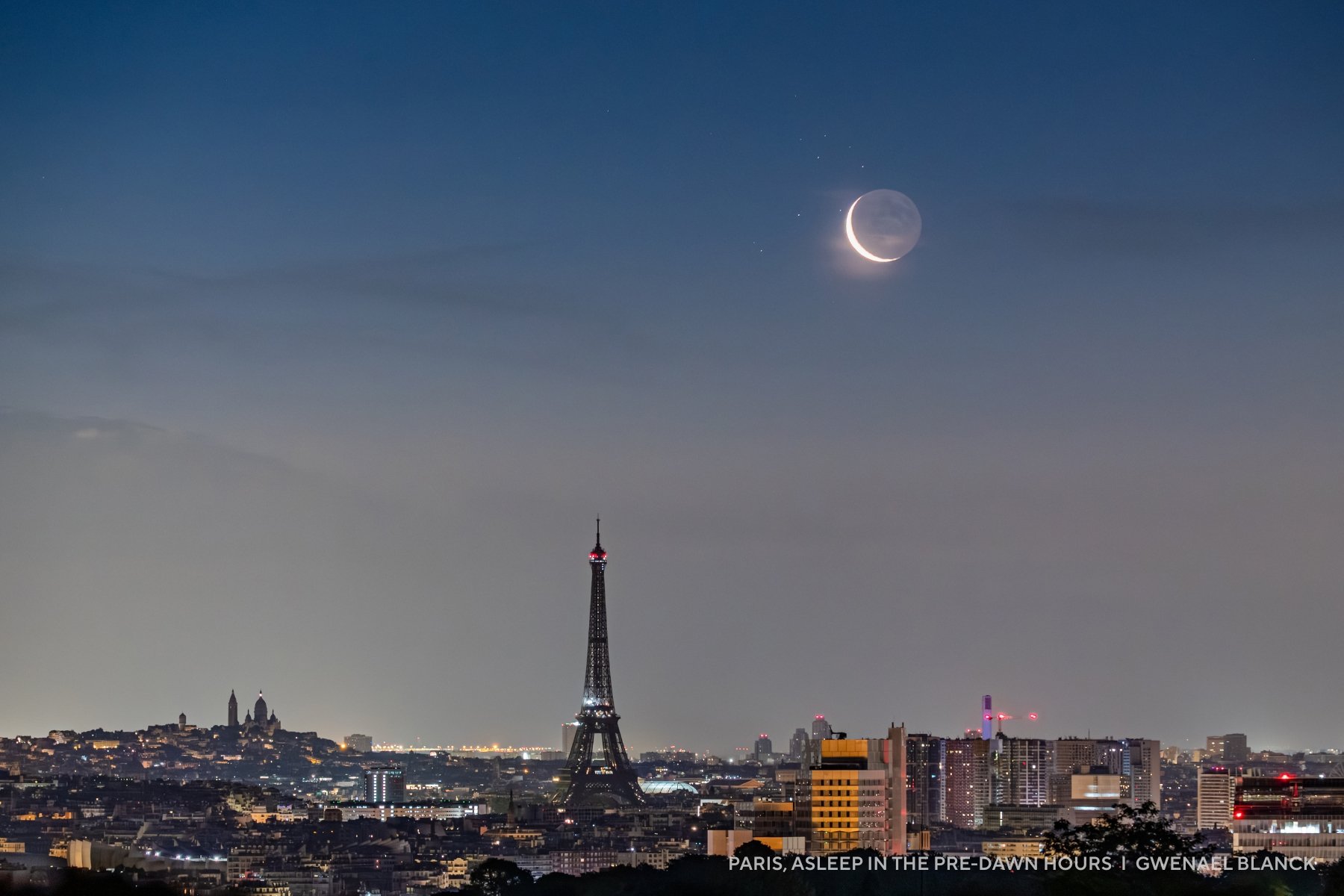
The Pleiades are faintly visible beside the crescent moon. Photo: Gwenael Blanck
Warmer, redder lights also help reduce light pollution. Because blue light scatters more easily off the atmosphere, it travels farther from its origin. Red light is also less energetic, so it leaves less of an imprint on your retina, allowing you to preserve night vision. And crucially for local ecology, red light attracts fewer insects and birds than other colors.
As a bonus, it gives any building a nice cyberpunky feel, as shown in the second-place winner in this category.

This entry also documents the Aoraki Mackenzie International Dark Sky Reserve. Photo: Stephen Hummel
Light Pollution
The light pollution category is here to dispel any hopeful feelings you’re having about humans’ ability to diminish their natural impact. Fortunately, the prize winners in this category make light pollution as striking as dark skies.
First place goes to a mountainscape above Chamonix. Despite the glittering stars above, the lights from the town below travel up through the fog bank, glowing like a lamp.
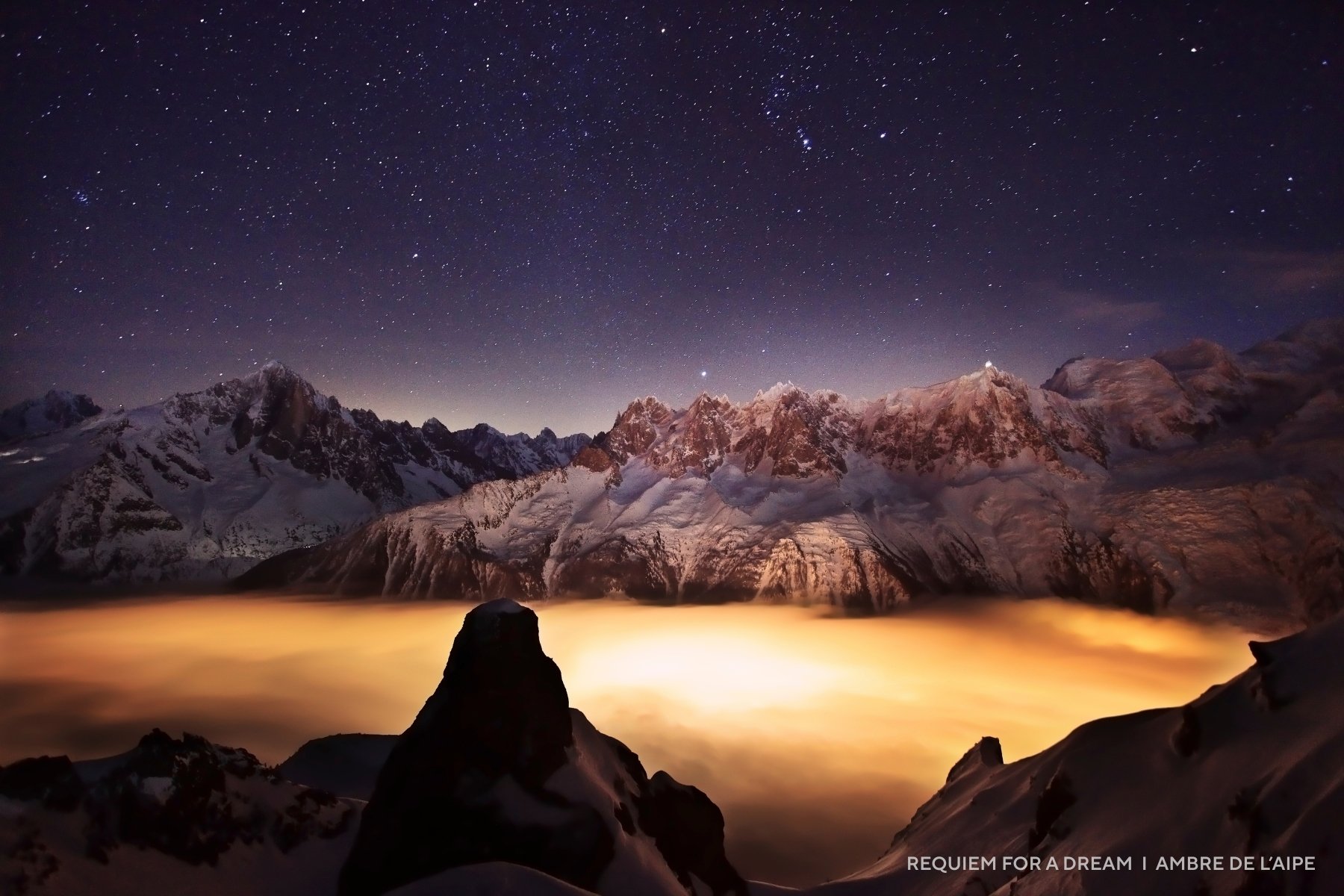
Two photographs from major Chinese cities take second and third place, documenting very different aspects of light pollution. In the second-place photograph, the skyscrapers of Shanghai far outshine a few sparse star trails above.
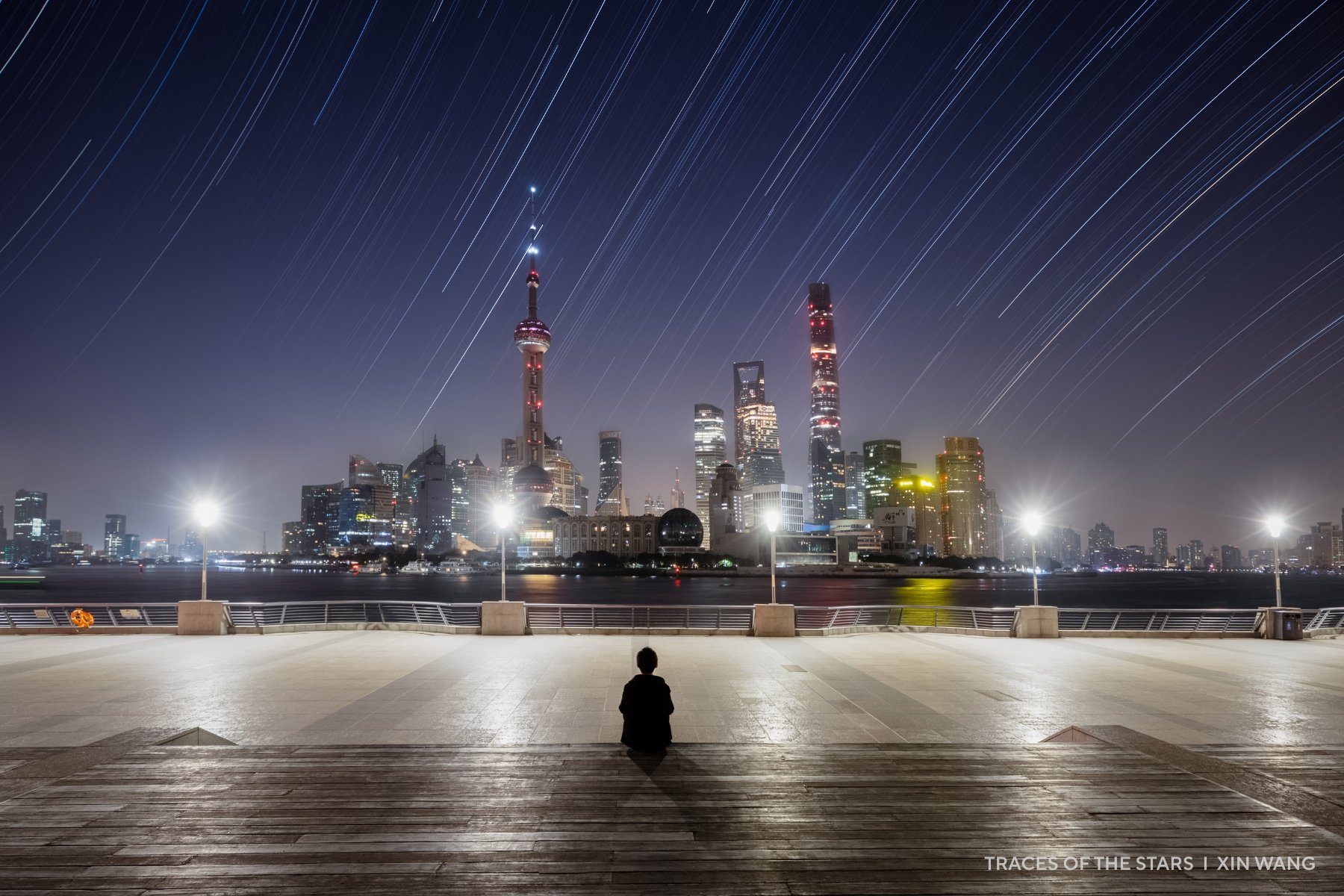
The streetlamps along the riverside mimic the path the Milky Way would take across the sky. Photo: Xin Wang
The third-place winner, taken in Beijing, documents not the impact of the city but the constellations of satellites above. The Pinwheel Galaxy shines against a star-speckled sky crisscrossed by satellite trails.
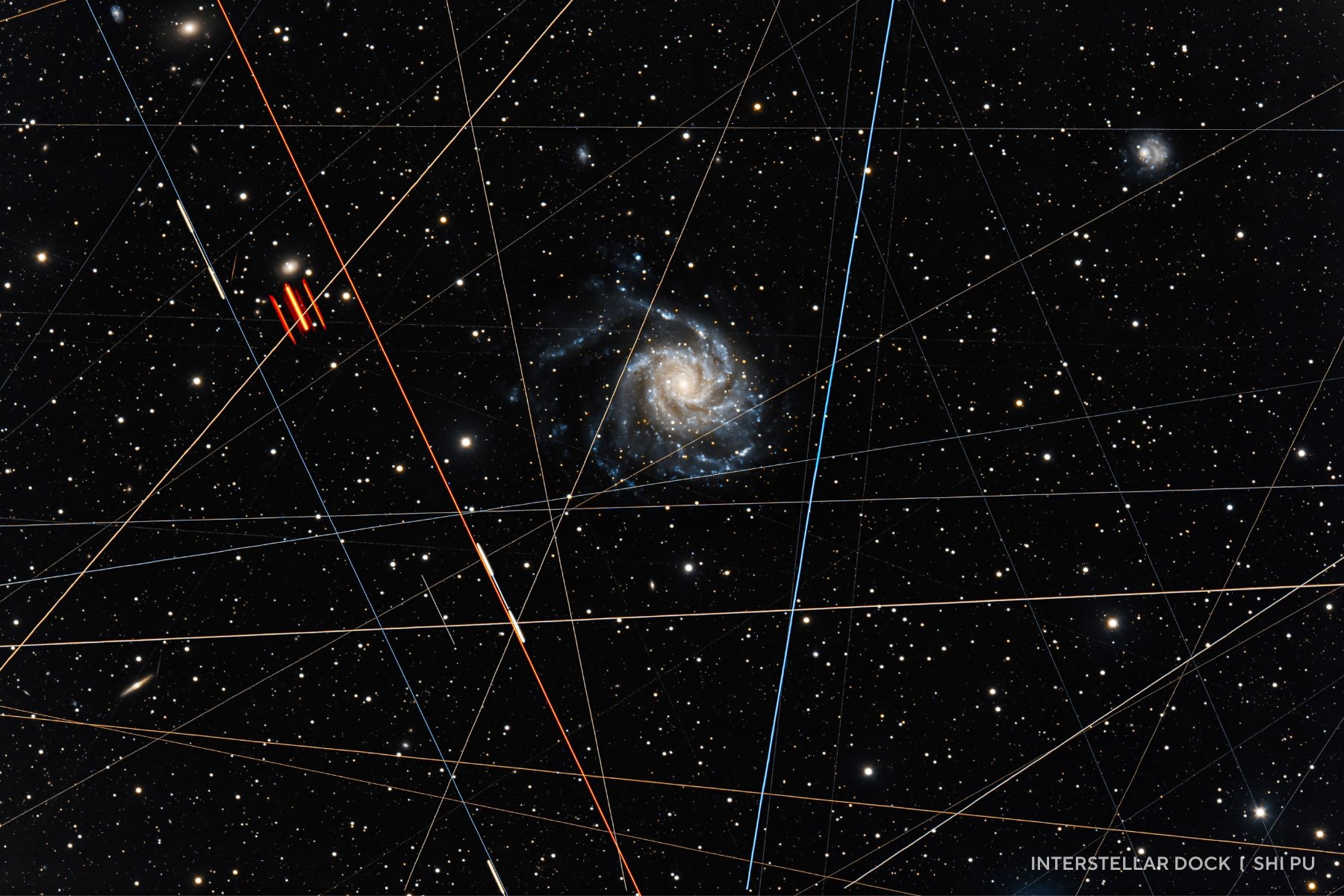
This photograph consists of multiple stacked exposures on a Celestron telescope. Photo: Shi Pu
Creatures of the night
Darkness serves a crucial ecological purpose. This category spotlights the flora and fauna that flourish at night, from fungi to insects and birds. Particularly striking is the third-place winner, a close-up portrait of an owl in the Sonoran Desert:
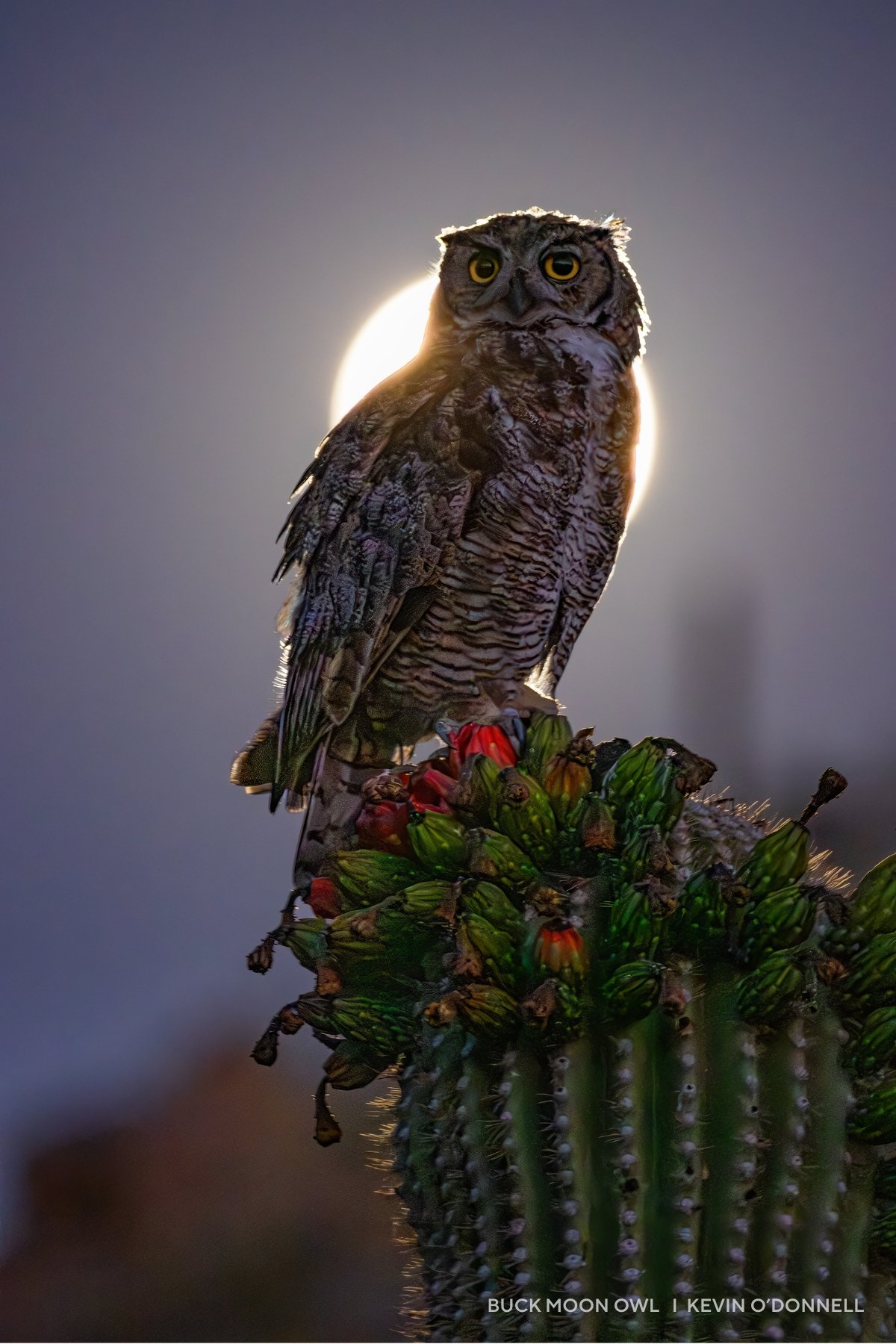
The slight oversaturation of the moon mimics the brilliance of the sun over the desert. Photo: Kevin O’Donnell
Deep-sky images
No astrophotography competition is complete without a deep-sky category. The first-place winner shows the Vela supernova remnant. Made from a whopping 109 hours of integrated observations, this photograph consists of different colors highlighting layers of oxygen, hydrogen, and silicon.

At the center of the Vela supernova remnant lies a pulsar, a rapidly rotating stellar remnant that flings radio waves into space. Photo: Alpha Zhang
Visit Tucson Location Award
As a former resident of Tucson, Arizona, I’d be remiss to leave out my favorite from the Visit Tucson location award. Thanks to the City of Tucson for funding this charming photo entitled Two Lovers Watching the Moonrise:
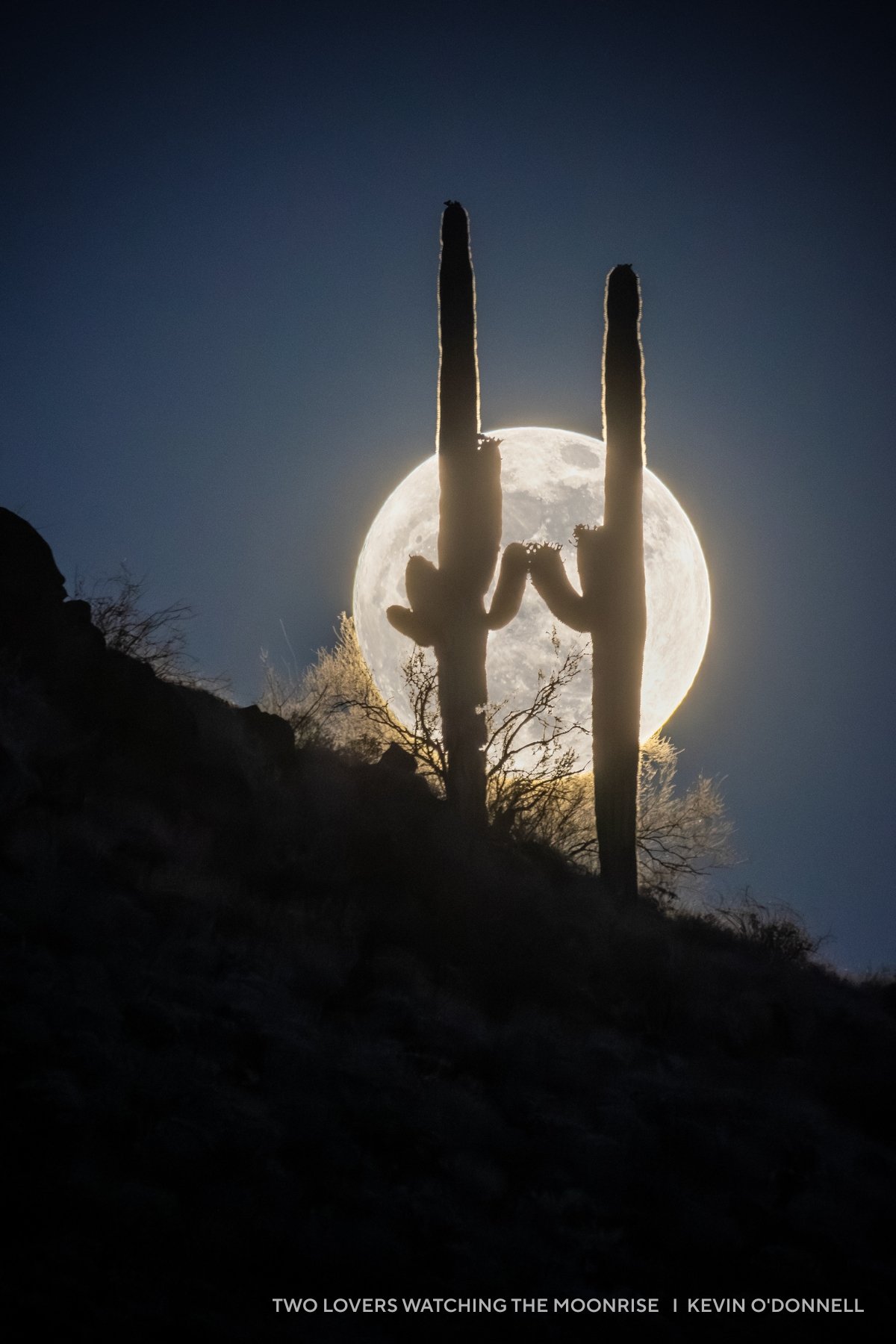
The Saguaro National Park is always worth a visit. Photo: Kevin O’Donnell
Take a look at the other winners!
You can find out more about the importance of dark skies and how to preserve them here. The rest of the Capture the Dark 2025 winners are here.
